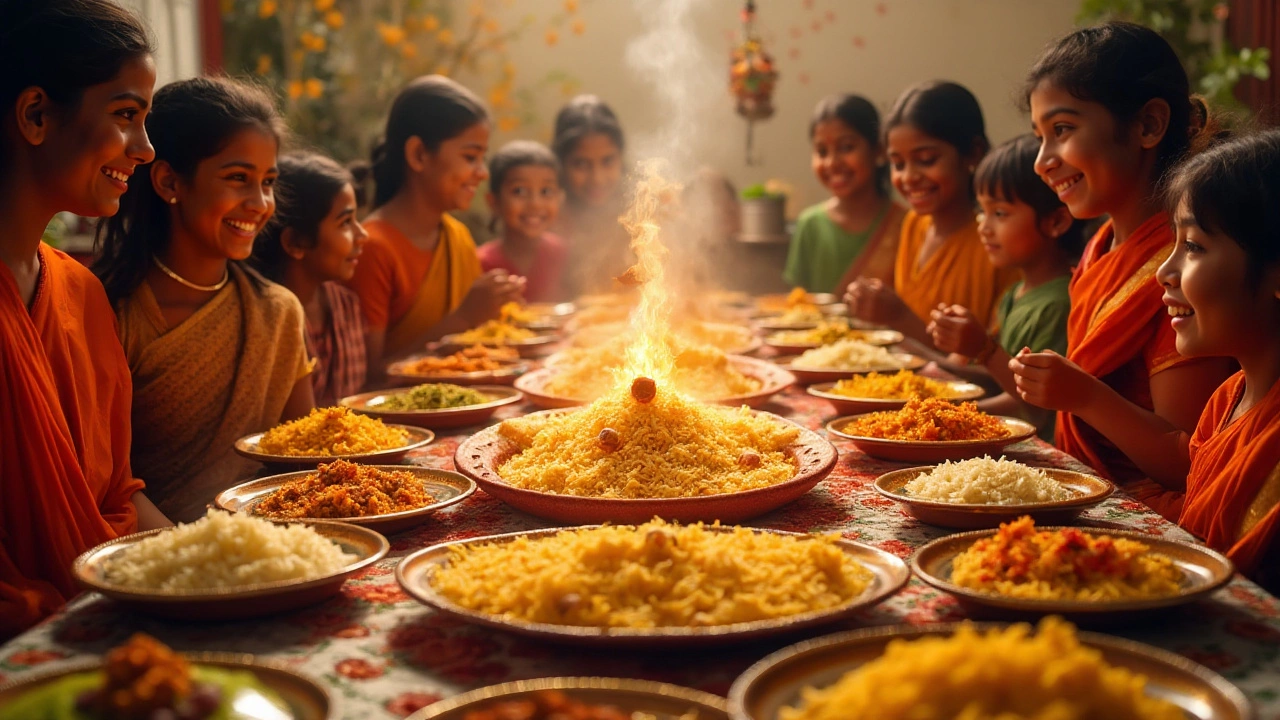Traditional Rice: Indian Varieties, History & Simple Cooking Tips
India is famous for its rice, but not all rice is the same. From fragrant basmati fields in Punjab to chewy red rice in the South, each grain carries a story. Knowing the basics helps you pick the right rice for every meal and cook it without fuss.
Popular Traditional Rice Varieties
Basmati – This long‑grain rice is famous for its aroma and fluffy texture. Grown mainly in Punjab and Haryana, basmati works best for biryanis, pulao, or a simple steaming side. Its low starch content keeps the grains separate.
Jasmine Rice – Though originally from Thailand, jasmine is grown in parts of India and offers a soft, slightly sticky bite. It’s perfect for Thai‑inspired dishes or a cozy bowl of rice with curry.
Red & Brown Rice – These whole grains retain the bran layer, giving a nutty flavor and extra fiber. South Indian homes often use red rice for idlis, while brown rice pairs well with hearty dal.
Gobindobhog – A short, aromatic rice from West Bengal, Gobindobhog turns creamy when cooked. It’s a go‑to for sweet payas and rich dessert dishes.
Sona Masoori – Light and fluffy, this medium‑grain rice is a staple in Andhra Pradesh. It absorbs gravy well, making it ideal for lemon rice or tomato rice.
Cooking Tips for Perfect Traditional Rice
1. Rinse before cooking. Run the rice under cold water until the water runs clear. This removes excess starch and prevents clumping.
2. Use the right water ratio. A general guide is 1 cup rice to 1.5‑2 cups water for most long‑grain varieties. Short‑grain rice may need a bit less water.
3. Let it soak. Soaking basmati or jasmine for 20‑30 minutes shortens cooking time and improves texture.
4. Don't lift the lid. Keep the lid on while the rice steams; opening it releases steam and can lead to uneven cooking.
5. Rest after cooking. Turn off the heat and let the rice sit covered for 5‑10 minutes. Fluff with a fork before serving.
6. Add flavor early. A pinch of salt, a few drops of oil, or a bay leaf can boost taste without extra steps later.
7. Match rice to the dish. Use aromatic basmati for biryani, sticky jasmine for fried rice, and hearty red rice for robust curries.
By keeping these basics in mind, you can enjoy traditional Indian rice the way locals do – fluffy, flavorful, and perfectly paired with the dish at hand. Experiment with a new grain this week and see how it changes the whole meal experience.
